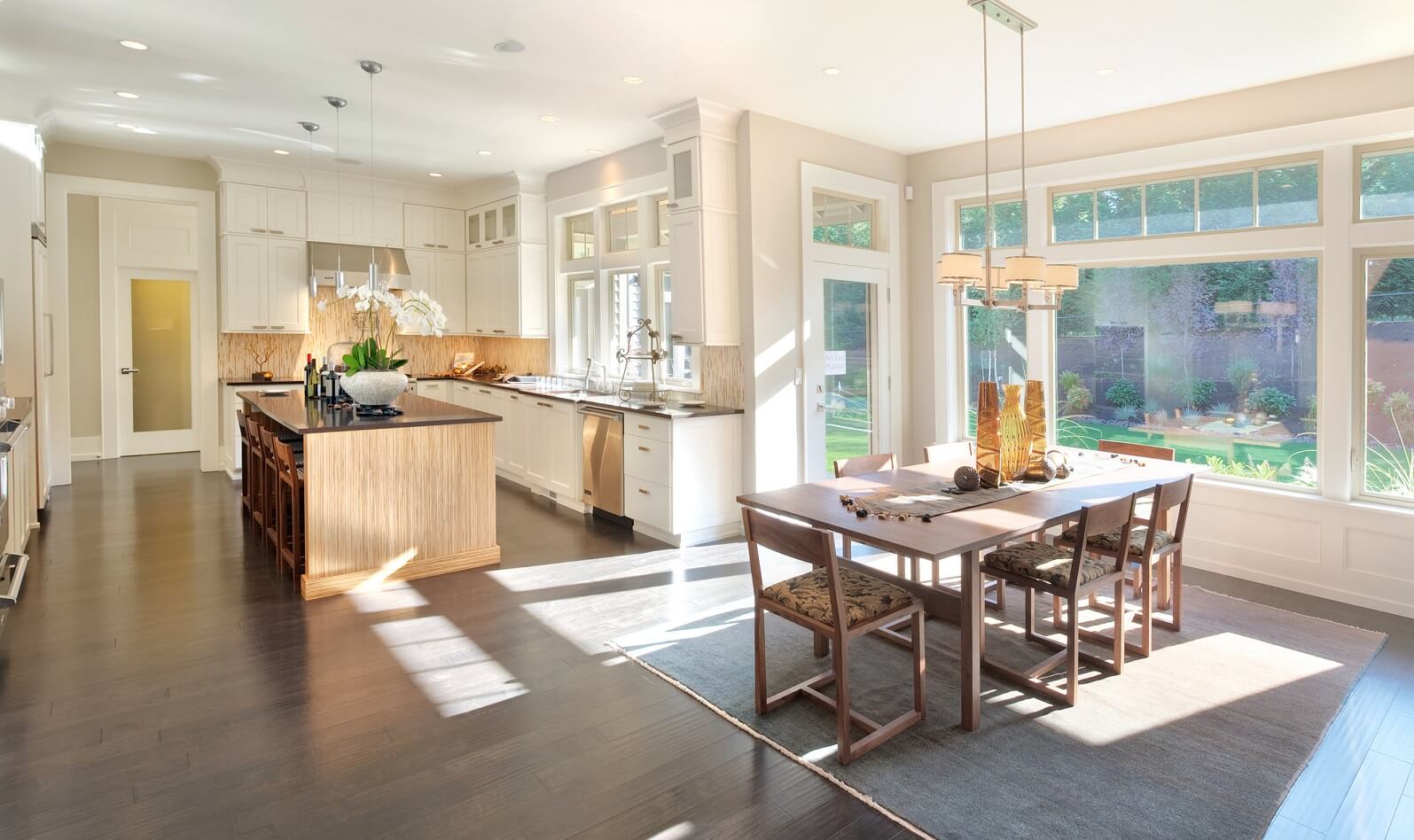If eyes are the windows to a person’s soul, then windows are the eyes to the soul of a home. They let the sunlight in where children play, keep harsh weather at bay and open up on those cool fall nights to keep its inhabitants from sweating while they sleep. But more often than not, those double-paned eyes were placed before a homeowner ever moved in, its planners likely not thinking about future occupants’ specific needs, and certainly unaware of the increasing importance of strategic optimization of regional weather patterns or the ever-rising cost of energy inefficiency.
Whether you’re building your dream home from scratch or staring at an out-of-control power bill and wondering how to retrofit for the benefit of your wallet … and the environment.
It’s said that up to 30 percent of a home’s heating load, and up to half of its cooling load, fall on the windows: Poorly designed or poorly insulated windows may literally be letting your dollars drift outside, never to be seen again. Luckily, the solution is an elegant one – eco-friendly, or “green” windows save you money and contributes to the ongoing health of planet Earth!
Unfortunately, for the remodeling newbie, the options and considerations are seemingly endless.
Hardware From shutters to shades, curtains to grilles, the design of your window treatment should be a factor in your decision, whether it’s a question of convenience, efficiency or expense. Research the various mechanisms (traversing, spring, etc.), shades (honeycomb, accordion-style), even different types of muntins, or grids (traditional, Colonial, reinforced, fractional, modified, gothic, prairie, and on and on).
Material Solid wood is a great insulator but can rot without regular painting. Other options, in order of descending environmental and personal benefit include fiberglass, aluminum, steel, composite and vinyl.
Placement For high-activity areas, go big. And vice-versa. The more you let the sun do the work of light bulbs, the more you save. Another consideration is navigational in nature: Position your high-activity living areas to face the south wherever possible.
More considerations involve more detail and research, but they do affect some of the most important things in home management—the safety of your family, and the health of the planet.
• When going with the wood option, be sure the timber is FSC-certified, meaning it’s been verified by the Forest Stewardship Council that it’s culled from sustainable forests. • Fiberglass is stronger (and more expensive) than wood, but it isn’t easily recycled and the manufacturing process is hardly efficient.
• According to motherearthliving.com, vinyl is the worst eco-friendly option. PVC-vinyl can be toxic to both your family and the environment, and even non-PVC vinyl comes from a process that hardly bats an eye at damaging the earth.
Greening up your home, especially its windows, is a forward-thinking option that pays off the more one knows about it, and sometimes can get you a sizable tax break as well. We all want to leave a smaller footprint, of course, and when that desire comingles with the need for more natural lighting; a lower energy bill and a stabilized climate inside, the upsides are undeniable.






